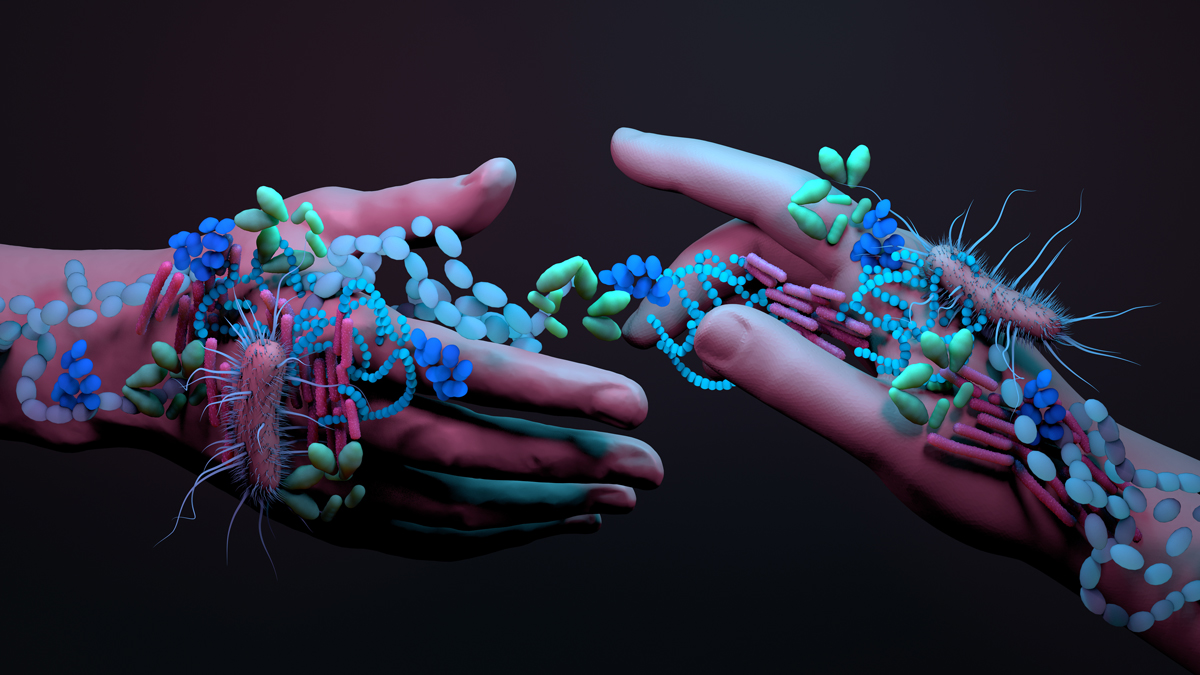The gut microbiota is currently understood to represent a complex “organ” in the body affecting a multitude of body systems and implicated in a wide range of diseases. The community-wide gene expression profiles allow to establish the activity of various genetic pathways within the microbiome. However, bulk metatranscriptomics cannot determine which genes are co-expressed within the same cell. Towards our ultimate goal of charting functional single-cell atlases of natural microbiomes in health and disease, we are developing targeted genomic and multiomic technologies based on combinatorial barcoding and prototyping them on defined consortia designed to mimic the natural human microbiota. Single-cell resolution studies of a community as complex as the gut microbiota hold the promise for unprecedented insight into the behavior and interactions of multiple species across the kingdoms of life. More specifically, by gaining the knowledge of which genes are coexpressed in the same subset of bacterial cells, we will become able to identify and isolate strains or subpopulations producing specific metabolites or pathogenic factors. This knowledge will enable effective therapies that manipulate the microbiome in a targeted fashion, resulting in development of safe novel therapeutics.
Privacy Overview
This website uses cookies so that we can provide you with the best user experience possible. Cookie information is stored in your browser and performs functions such as recognising you when you return to our website and helping our team to understand which sections of the website you find most interesting and useful.



 kuchina.isbscience.org/research/single-cell-microbiome/
kuchina.isbscience.org/research/single-cell-microbiome/